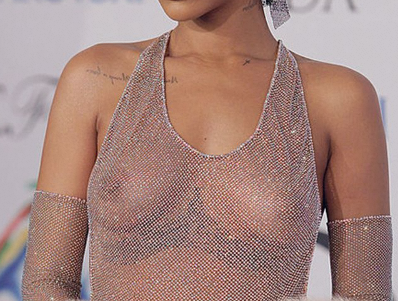The material of the wig, and how to maintain it?
Wigs can be made from a variety of materials, including synthetic fibers, human hair, and animal hair. Each material has its own unique properties and requires specific maintenance to keep it looking its best. In this article, we will discuss the most common materials used in wigs and how to care for them.
Synthetic Fiber Wigs
Synthetic fiber wigs are the most affordable and widely available type of wig. They are made from synthetic materials that are designed to mimic the look and feel of natural hair. Synthetic fiber wigs come in a variety of textures, colors, and styles, and are popular because they require minimal maintenance.
To maintain a synthetic fiber wig, it is
important to follow a few key steps. First, always use a wig brush or
wide-tooth comb to detangle the hair before washing. This will prevent the
fibers from becoming matted and tangled. Next, fill a sink or basin with cool
water and add a small amount of wig shampoo. Gently agitate the wig in the
water, making sure to avoid rubbing or scrubbing, which can damage the fibers.
Rinse the wig thoroughly with cool water and gently squeeze out any excess
water.
To dry the wig, place it on a towel and gently blot the hair to remove any remaining water. Do not wring or twist the hair, as this can cause damage. To style the wig, use a wig spray or mousse to add volume or texture. Do not use heat styling tools on synthetic fiber wigs, as this can cause the fibers to melt or become damaged.
Human Hair Wigs
Human hair wigs are made from real human hair and are the most natural-looking type of wig. They are available in a range of textures, colors, and styles, and can be styled with heat tools just like natural hair. Human hair wigs are also the most expensive type of wig, but they are also the most durable and long-lasting.
To maintain a human hair wig, it is important to treat it as you would your natural hair. Use a wig brush or wide-tooth comb to detangle the hair before washing, and then wash the wig with a mild shampoo and conditioner. Rinse the wig thoroughly with lukewarm water and gently squeeze out any excess water.
To dry the wig, place it on a wig stand or mannequin head and allow it to air dry. Do not use a hair dryer or other heat styling tool on the wig, as this can cause damage. To style the wig, use a heat protectant spray and a curling or straightening iron to create the desired look. Be sure to use a low heat setting and avoid applying too much tension or pressure to the hair, as this can cause damage.
Animal Hair Wigs
Some wigs are made from animal hair, such as horsehair or yak hair. These wigs are typically used for theatrical or historical costumes, and are not as widely available as synthetic or human hair wigs. Animal hair wigs require specific care to maintain their appearance and texture.
To maintain an animal hair wig, it is important to use a wig brush or wide-tooth comb to detangle the hair before washing. Wash the wig with a mild shampoo and conditioner, and rinse thoroughly with cool water. Gently squeeze out any excess water and allow the wig to air dry.
To style the wig, use a heat protectant spray and a curling or straightening iron to create the desired look. Be sure to use a low heat setting and avoid applying too much tension or pressure to the hair, as this can cause damage.
In conclusion, the material of a wig plays
a significant role in its maintenance. Synthetic fiber wigs are affordable and
easy to maintain, while human hair wigs require more care but offer a more
natural-looking appearance. Animal hair wigs require specific care and are not
as widely available as synthetic or human hair wigs. Regardless of the
material, it is important to follow the recommended care instructions to keep
your wig looking its best.




评论
发表评论